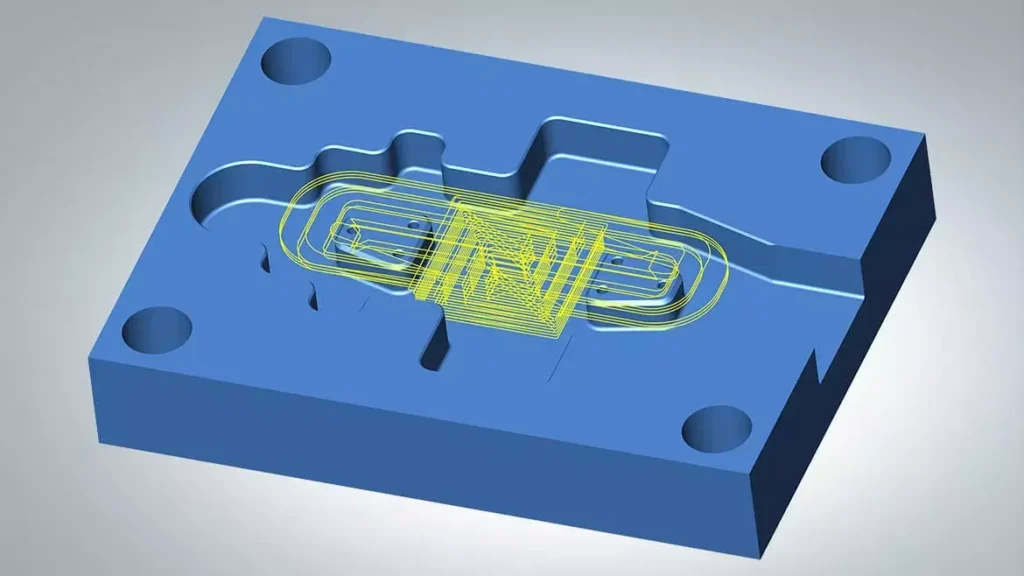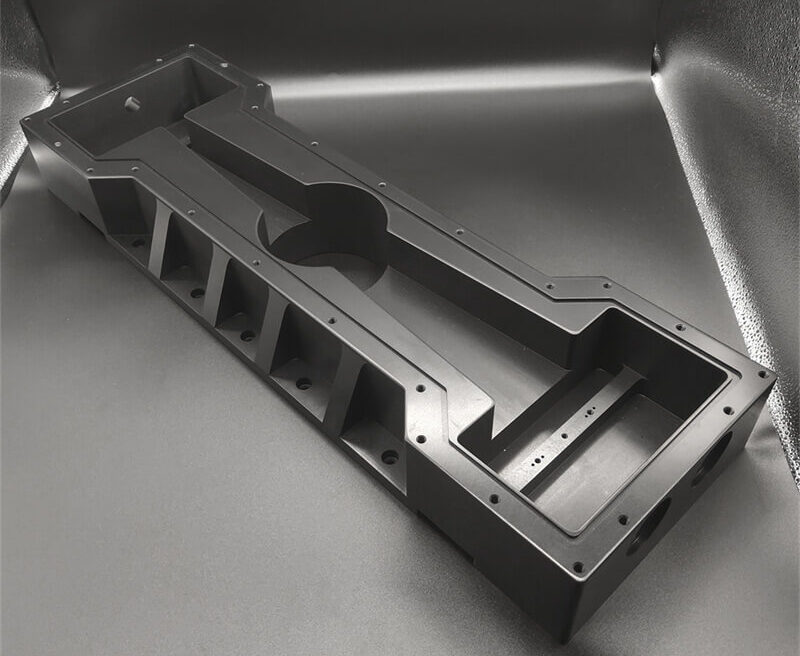Introduction to Cavity Milling Techniques
Cavity milling is a machining technique widely used in the manufacturing industry. It involves removing material from a workpiece to create a cavity or recess of a specific shape and size. The technique is often used to produce molds, dies, and other complex parts. nespresso machine spare parts, panasonic bread machine spare parts, parts for a lg washing machine, parts for hoover washing machine and parts of janome sewing machine can all use this technique.
One of the key advantages of cavity milling is its ability to create intricate and precise shapes. By using specialized cutting tools and advanced machining equipment, manufacturers can achieve high levels of accuracy and repeatability. This is particularly important in industries such as aerospace and automotive that require tight tolerances. Also includes nespresso machine spare parts, panasonic bread machine spare parts, parts for a lg washing machine, parts for hoover washing machine and parts of janome sewing machine and other parts.
Different methods of cavity milling
There are several different methods of cavity milling, each with its own advantages and limitations. One common approach is called pocket milling, where the cutting tool follows a path that traces the outline of the desired cavity. This method is often used when the shape of the cavity is relatively simple and does not require complex tool movements.
Another technique is called contour milling, which involves the use of a tool with a specific shape to create the desired cavity. This method is particularly useful when the shape of the cavity is complex or when there are tight corners and angles that need to be machined.
In addition to these methods, there are also specialized techniques such as high-speed machining and trochoidal milling that can be used for cavity milling. These techniques involve the use of advanced cutting strategies and toolpaths to optimize the machining process and improve productivity.

Cavity milling can be performed on a wide range of materials, including metals, plastics, and composites. The choice of material will depend on the specific requirements of the application, such as strength, durability, and heat resistance. In some cases, multiple materials may be used in the same cavity to achieve the desired properties.
To achieve the best results in cavity milling, it is important to consider several factors. First, the selection of the cutting tool is crucial. Different materials and cavity shapes require different types of tools, such as end mills, ball mills, or drills. The cutting speed, feed rate, and depth of cut also need to be carefully controlled to ensure optimal performance and avoid tool wear.
In addition, the selection of processing equipment and software is also crucial. Because modern CNC machines and CAD/CAM software have revolutionized the cavity milling process, improving accuracy and efficiency. And these tools also enable manufacturers to simulate and optimize machining processes before they are actually executed, reducing the risk of errors and increasing overall productivity.
In conclusion, cavity milling is a versatile and essential technique in the manufacturing industry. It allows for the creation of complex and precise cavities in a wide range of materials. By using advanced cutting tools, machining equipment, and software, manufacturers can achieve high levels of accuracy and efficiency. As technology continues to advance, cavity milling techniques are likely to become even more sophisticated, further enhancing the capabilities of the manufacturing industry.
